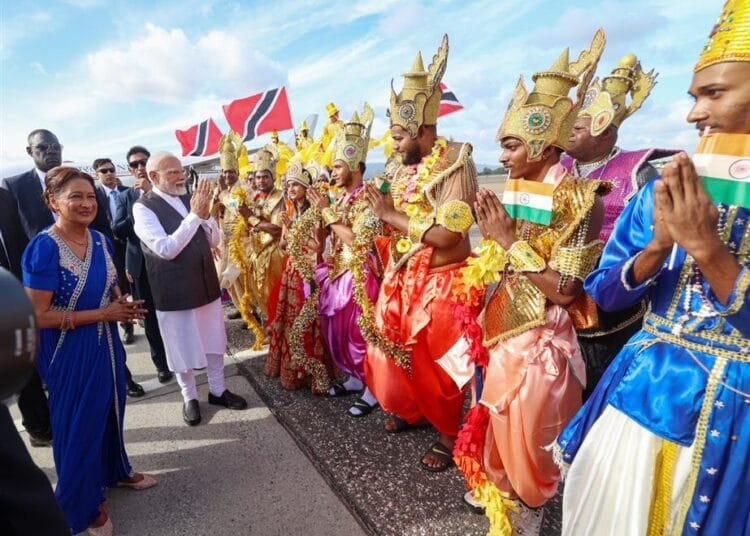Railways need innovative financing

The Indian Railways (IR) needs to adopt an innovative forms of financing and more positive collaboration with the private sector to improve its infrastructure, says Vinod Rai, chairman of the Banks Board Bureau.
Unless it (IR) can involve innovative forms of financing and more positive collaboration with the private sector, its lack of infrastructure would only increase, said Rai in a report published by Singapore think tank, the Institute of South Asian Studies (ISAS).
It is clear that Indian Railways is being forced to look outward for finance and techno managerial skills, Rai wrote in the report “Merging the Railway and General Budgets: A Positive Development for India”.
Among projects, there is a lot of scope as the public transporter is opening up 408 major stations for private sector participation. The proposed stations will be offered through online auctions.
He also noted that Railways has seen very concerted efforts in the recent past to expand, modernise, decentralise decision-making, improve efficiency, meet customer expectations, move to clean energy and introduce greater transparency through e-tendering.
The rationale for doing projects in PPP (Public Private Partnership) format appears to be resource constraint rather than this route being a more efficient and/or cost effective service delivery mechanism, noted Rai who is also a Visiting Senior Research Fellow at ISAS.
“The Railways need to have a clear roadmap – a blueprint for projects to be done in PPP format and selected on the basis of their amenability to PPP and driven by value for money philosophy rather than a resource augmenting measure,” he said.
The private sector should be invited as it has greater flexibility in adjusting its resources, Rai suggested.
Private firms, when trusted with a long-term contract and a wider scope of work, can balance expenditures over the project life and make effective trade-offs between investment, maintenance and operational
costs subject to environmental, social and economic considerations, he believes.
Also, large firms have continuous access to latest technology as they are massively investing in research and development and constantly improving the quality and efficiency of construction techniques, processes and equipment, he pointed out.
Railways has addressed these issues through a framework created to attract private investment, noted Rai and suggest that the framework provides following five models for implementation of various types of rail-connectivity and capacity augmentation projects:
i. Non-Government Private Line Model
ii. Joint Venture (JV) model
iii. Build, Operate and Transfer (BOT) model
iv. Capacity augmentation with funding provided by customers
v. Capacity augmentation through annuity model .
The Indian Railways has added 12,000-km since 1947 to the original network of 53,00-km when the colonial British left India.
But The Railways still ply on bridges which are 100 years old and urgently need to be replaced. All this has not been possible because India has not been able to generate any surplus from Railway earnings, he said.
The financial position of the Indian Railways needs to be buttressed due to the triple onslaught of a fall in revenues, a sudden spike in expenditure due to recommendations of the Seventh Pay Commission, and an increasingly unsustainable interest burden on market borrowings, he elaborated.
The operating cost is almost creeping up to 1 now (which would imply that there is virtually no net gain).
“This has to be urgently remedied by increase in efficiency and innovative low cost funding,” said the former Comptroller and Auditor General India. fii-news.com









